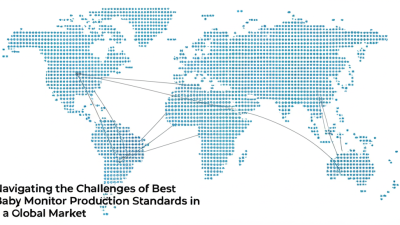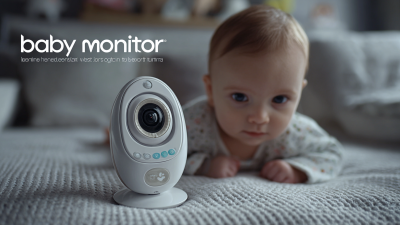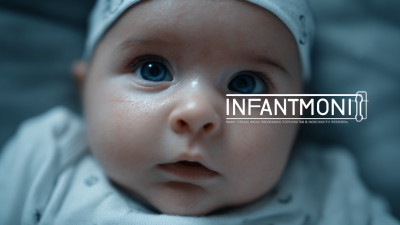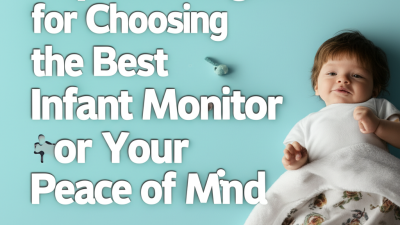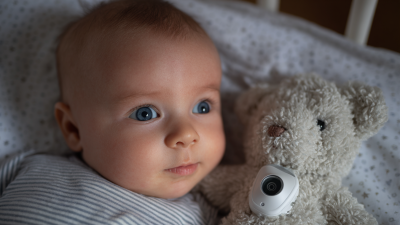Leave Your Message
As parents navigate the journey of raising a child, ensuring their safety and well-being becomes paramount, particularly during sleep time. A 2021 report by the American Academy of Pediatrics indicated that nearly 3,500 infants die annually due to sleep-related deaths, highlighting the critical need for effective monitoring solutions.
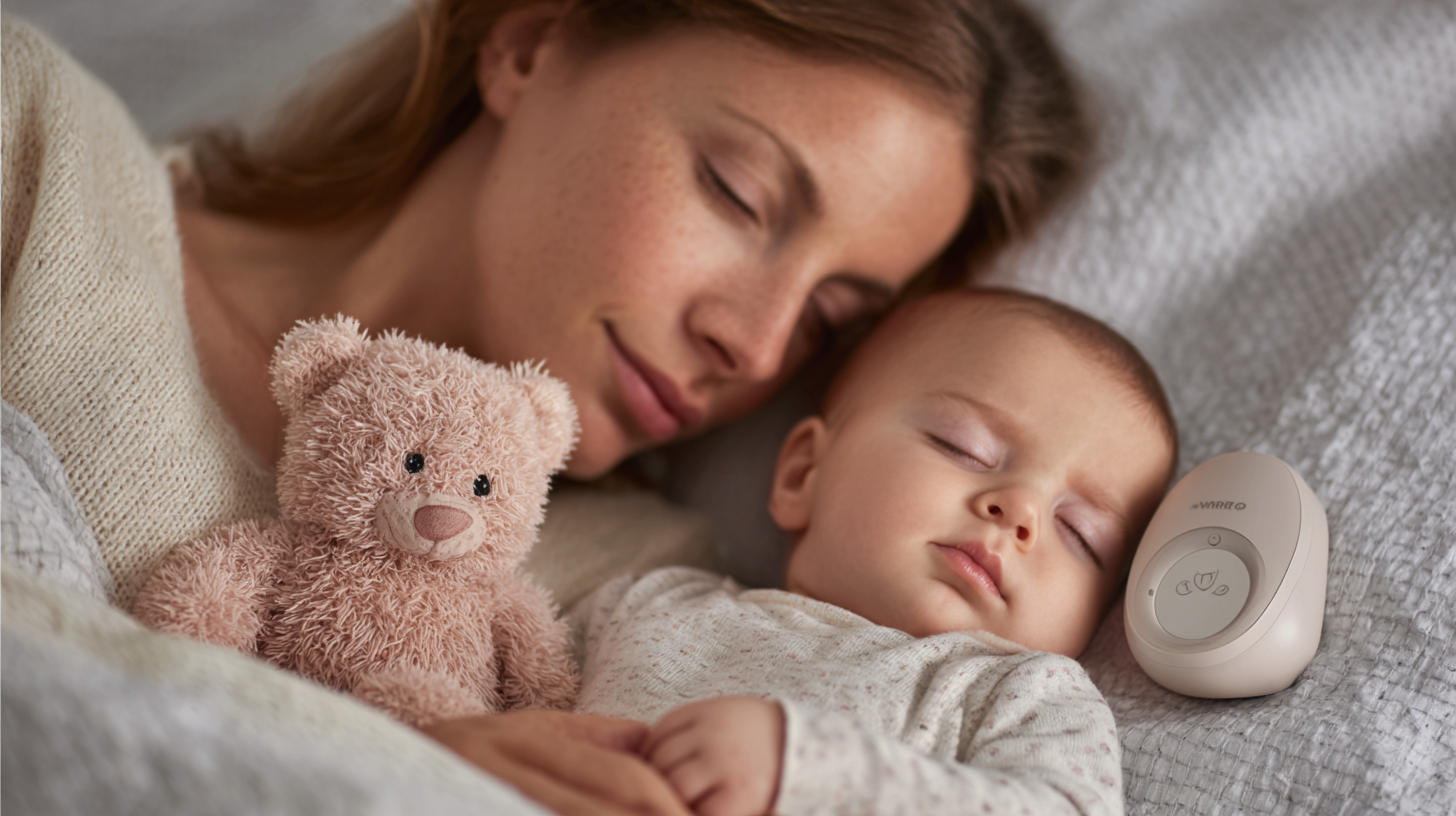
Baby monitors have emerged as essential tools in enhancing baby safety, offering peace of mind to parents by enabling constant vigilance. With the advancement of technology, the baby monitor market has grown considerably, projected to reach $1.5 billion by 2025 according to industry analysts. This growth underscores the increasing demand for innovative features such as video capabilities, smartphone connectivity, and real-time alerts, all designed to ensure that parents can provide a safe sleeping environment for their little ones.
In this article, we will explore the various types of baby monitors available, guiding parents in choosing the best option to foster peaceful sleep and enhanced safety for their babies.
When selecting a baby monitor, understanding the various types available is crucial for ensuring optimal safety and peace of mind for parents. There are primarily two categories: audio monitors and video monitors. According to a report by The NPD Group, video baby monitors accounted for approximately 55% of the baby monitor market in 2022, reflecting a growing preference among parents for enhanced visual monitoring capabilities. Video monitors allow caregivers to visually check on their baby without moving from their spot, providing a sense of security through real-time video feeds.
In addition to audio and video options, smart monitors are becoming increasingly popular. These devices connect to the home Wi-Fi network and can be accessed via smartphones or tablets, allowing parents to monitor their child's room from anywhere. Industry reports indicate that smart baby monitors are projected to grow at a compound annual growth rate (CAGR) of 15.7% from 2023 to 2030, emphasizing the trend toward technology in childcare. Features like temperature and humidity sensors, night vision, and motion detection add layers of safety and comfort, ensuring parents are informed about their baby's environment at all times.

When selecting the best baby monitor to ensure peaceful sleep and enhanced safety for your little one, there are essential features to consider. First and foremost, video capabilities can provide a visual connection to your baby, allowing you to check in without entering the room. Look for cameras with high-definition resolution and night vision, which not only enhance clarity but also ensure you can see your baby in low-light conditions. Pan-and-tilt functionality is another critical feature, enabling you to adjust the camera's view remotely to track your baby's movements.
Audio quality is equally important; opt for monitors that include two-way talk features, so you can comfort your baby without needing to be physically present. Additionally, consider the connectivity options available. Monitors that use secure Wi-Fi connections can provide remote access via smartphones, allowing you to stay informed no matter where you are. Battery life and range should not be overlooked either; a reliable monitor should last through the night and maintain a strong connection throughout your home. By prioritizing these features, you can create a safer and more serene sleep environment for your baby.
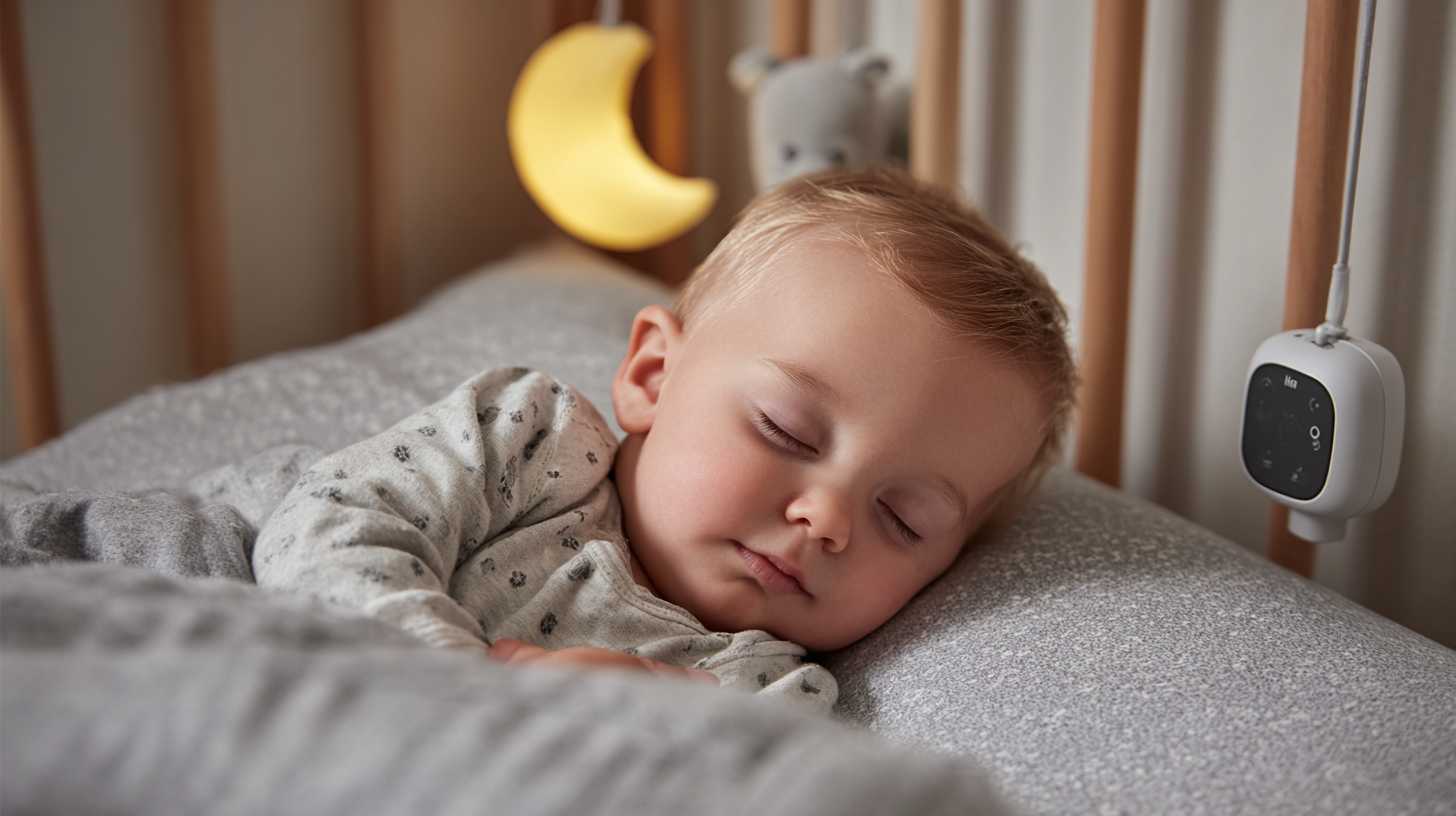
When it comes to ensuring a peaceful night’s sleep and enhancing the safety of your baby, selecting the right baby monitor is crucial. The market offers a diverse range of options, but five top monitors stand out for their features and reliability.
The first is the video baby monitor with high-definition capabilities, allowing parents to not only hear but also see their baby clearly from another room. Night vision and two-way audio enhance the experience, providing real-time insights into your child's needs.
Another excellent choice is the smart baby monitor that integrates with smartphone apps, giving parents instant notifications and the ability to check on their little ones remotely.
Additionally, there are monitors equipped with breathing monitors and temperature sensors, ensuring that your baby's environment is safe and comfortable. Features like lullabies and white noise options can also help soothe the baby back to sleep, making these monitors not just tools for observation, but essential companions for peaceful parenting.
When selecting a baby monitor, parents face a pivotal decision between audio, video, and smart monitors. Audio monitors provide a straightforward solution, allowing parents to hear any sounds from their baby’s room. They are generally more affordable and have a longer battery life, making them ideal for families who prioritize simplicity and reliability. However, while audio monitors can alert parents to a baby’s cries, they lack the visual reassurance that many find comforting.
Video monitors elevate the monitoring experience by allowing parents to visually check on their babies without entering the room. This option offers peace of mind, especially during the early months when sleep is fragile. Advanced models come equipped with features such as night vision, pan-and-tilt cameras, and temperature sensors, providing comprehensive monitoring. However, they can be pricier and may require a Wi-Fi connection, which raises concerns about security and privacy.
Smart monitors take baby monitoring to the next level by integrating with home devices and smartphones. They often include features like live streaming, motion detection, and even heart rate monitoring. While these technologically advanced monitors offer incredible convenience and capability, they may involve a steeper learning curve and dependency on connectivity. Therefore, parents should carefully evaluate their preferences and needs before choosing the right monitor type to ensure both their peace of mind and their baby's safety.
When choosing a baby monitor, budgeting is a crucial factor that significantly influences your options. The market offers a variety of choices across different price ranges, from basic audio monitors starting at around $30 to high-tech video monitors that can cost up to $300 or more. According to a report by Grand View Research, the global baby monitor market was valued at approximately $1.2 billion in 2021, indicating a clear demand for these devices. With features such as Wi-Fi connectivity, night vision, and motion detection, it’s crucial to align your budget with your specific parenting needs.
**Tips:** When shopping, consider what features are essential for your peace of mind. For instance, a basic audio monitor may suffice for parents who prefer simplicity, while those wanting to keep an eye on their baby might invest in a video monitor. Additionally, keep an eye out for sales events or bundle packages that retailers often offer, which can help you secure a quality product within your budget.
Moreover, a research conducted by the National Sleep Foundation suggests that using a baby monitor can substantially improve parents' sleep quality by enhancing their sense of security while their baby sleeps. Investing in a reliable monitor can provide assurance and contribute to a smoother parenting experience, regardless of your price point.
| Monitor Type | Price Range | Key Features | Battery Life | Range |
|---|---|---|---|---|
| Audio Baby Monitor | $30 - $60 | Two-way communication, night light | Up to 20 hours | 1000 ft |
| Video Baby Monitor | $60 - $150 | Video feed, night vision, temperature sensor | Up to 12 hours | 800 ft |
| Smart Baby Monitor | $150 - $300 | Wi-Fi connectivity, motion alerts, app access | Up to 10 hours (Wi-Fi on) | Unlimited (depending on Wi-Fi) |
| Movement Monitor | $100 - $250 | Breath monitoring, paddle system | Varies, usually not battery operated | N/A |
